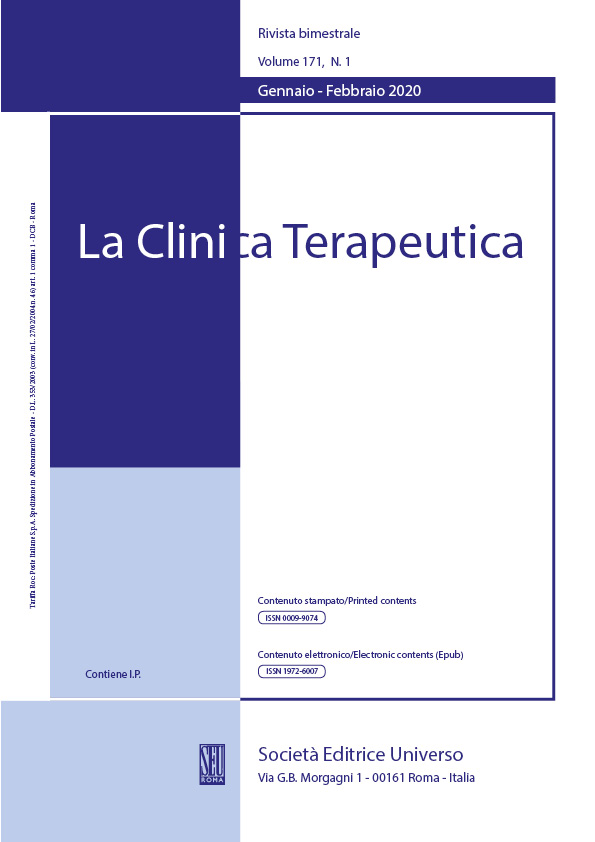Abstract
Objective
To introduce a rapid and simple technique to engage and localize through left common carotid (LCCA) artery during selective carotid angiography using the same type of catheter (6F Medtronic™/launcher Judkins Right Guide Catheter, 4.0 Tip,2 Side holes, U.S.A.)
Methods
Patients were divided into two groups as new method and conventional method group including 295 and 292 prior to carotid angiography, respectively. The primary endpoints of this study included an analysis of total procedure time, time required for cannulation of left common carotid artery, fluoroscopy time and selective imaging success for left common carotid artery, feasibility, safety, amount of radio opaque agent and radiation exposure.
Results
Our novel method applied using a single catheter shortened total procedure time (5.41 ± 1.56 min. vs. 7.52 ± 2.48 min., respectively, p<0.001), fluoroscopy time (98 ± 9 sec. vs. 210 ± 19 sec., respectively, p<0.001), duration of left carotid artery cannulation (15 ± 1.2 sec vs. 42 ± 1.9 sec, respectively, p < 0.001). Use of our method reduced radiation exposure (120 ± 17 mGy vs. 217 ± 11 mGy, respectively, p<0.001), amount of contrast agent (44.99 ± 12.84 ml vs. 59.89 ± 18.93 ml, respectively, p<0.001). Aortic arch angiography was not needed in the first group compared with the conventional method group (0% vs. 29%, respectively, p<0.001). Also a higher success was achieved in cannulation of left common carotid artery using an identical catheter compared with application of conventional methods requiring use of different types of catheter (100% vs. 60%, respectively, p<0.001). No major complication and mortality was found due to use of both methods. However, a statistically insignificant elevation in minor complication was encountered in the patient group who underwent coronary angiography by the conventional method (3% vs. 7%, respectively, p<0.064).
Conclusion
This new method is more easily applicable with a shorter duration for cannulation and localization of LCCA, safer for the patients with use of a limited amount of radio-opaque agent and finally cost-effective by requiring only one type of catheter and a limited.
